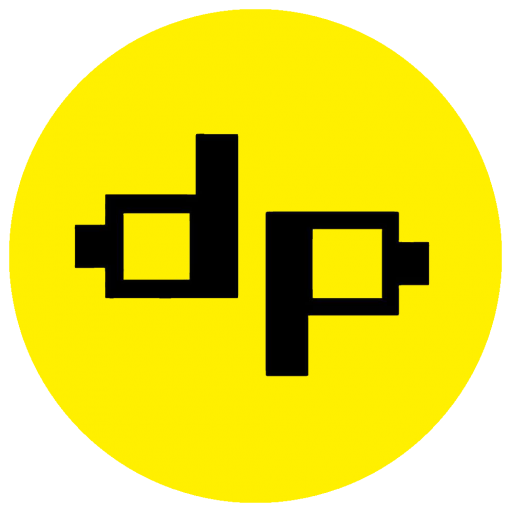Introduction
Artificial Intelligence (AI) has been one of the most transformative technologies of our time. Companies like Alphabet, the parent company of Google, have been at the forefront of AI research and development. One of their fascinating projects is Google Bard, an AI-powered language generation model that has been making waves in the tech community.
What is Google Bard?
Google Bard is an innovative AI model developed by Alphabet that focuses on generating creative and coherent pieces of poetry. It utilizes deep learning techniques and large-scale language models to compose verses that mimic the style and structure of human-written poetry. This AI-powered poet is an intriguing demonstration of the potential of AI in artistic expression.
The Evolution of AI in Alphabet
Alphabet's journey in the field of AI has been marked by significant milestones. Starting with Google's search algorithms and machine learning capabilities, the company has continuously pushed the boundaries of what AI can achieve. From self-driving cars to advanced natural language processing, Alphabet has been at the forefront of AI innovation.
The Impact of Google Bard
Google Bard has opened up new possibilities in the world of creative writing. It has the potential to assist poets, writers, and artists in generating ideas and exploring new avenues of expression. The AI-generated poetry can serve as a source of inspiration or a starting point for further artistic development. It also raises important questions about the role of AI in creative fields and the boundaries between human and machine-generated art.
Challenges and Controversies
While Google Bard has garnered praise for its ability to compose coherent poetry, it has also faced criticism and controversies. Some argue that AI-generated art lacks the emotional depth and human touch that is essential in artistic expression. Others raise concerns about the potential misuse of AI-generated content, such as plagiarism or deceptive practices. These challenges highlight the need for ethical guidelines and responsible use of AI in creative endeavors.
The Future of AI in Art
Google Bard is just one example of how AI is reshaping the landscape of art and creativity. As technology advances and AI models become more sophisticated, we can expect to see further integration of AI in various artistic disciplines. Whether it's music composition, visual art, or storytelling, AI has the potential to enhance and augment human creativity, opening up new possibilities for artists.
Applications Beyond Poetry
While Google Bard's primary focus is on poetry generation, its underlying AI technology can be applied to various other areas as well. For example, it can be used to assist with content creation, copywriting, or even in the development of interactive storytelling experiences. The versatility of the AI model enables it to adapt to different creative domains, providing valuable tools for artists, writers, and marketers alike.
Enhancing Human Creativity
Contrary to the fear that AI will replace human creativity, Google Bard demonstrates how AI can actually enhance human creative processes. By providing fresh ideas, unique perspectives, and quick iterations, AI can act as a valuable collaborator for artists and writers. It can help overcome creative blocks and inspire new directions, ultimately leading to the production of more innovative and engaging artistic works.
Ethical Considerations and Responsibility
As with any AI technology, ethical considerations are crucial when it comes to Google Bard. Issues such as data privacy, bias, and the responsible use of AI-generated content need to be carefully addressed. Transparency and accountability should be prioritized to ensure that the AI model is used ethically and does not infringe upon intellectual property rights.
Collaboration Between Human and Machine
The collaboration between humans and AI, exemplified by Google Bard, highlights the potential for symbiotic relationships between humans and machines. Rather than viewing AI as a threat, we should embrace it as a tool that can augment our capabilities and push the boundaries of human creativity. By leveraging AI technology responsibly, we can unlock new levels of artistic achievement and embark on a journey of exploration and innovation.
Impact on the Artistic Landscape
The introduction of Google Bard and similar AI-powered creative tools is reshaping the artistic landscape. It challenges traditional notions of authorship and raises questions about the definition of art itself. With the ability to generate high-quality content quickly, AI models like Google Bard may disrupt traditional creative industries, leading to new business models and opportunities.
Public Reception and Cultural Implications
Google Bard has captured the attention of both tech enthusiasts and art lovers. Its public reception has been mixed, with some embracing the novelty and potential of AI-generated art, while others remain skeptical about its authenticity and artistic value. These differing viewpoints reflect the ongoing cultural debate surrounding the integration of AI in creative processes.
Education and Skills Development
As AI becomes more prevalent in creative fields, there is a growing need to adapt education and skills development programs. Artists, writers, and creative professionals must acquire new knowledge and skills to effectively collaborate with AI models like Google Bard. Educational institutions and training programs should incorporate AI literacy and provide opportunities for individuals to explore the possibilities and limitations of AI in their creative endeavors.
Conclusion
Google Bard is a testament to the continuous evolution of AI by Alphabet. It showcases the capabilities of AI in generating creative and coherent poetry while also sparking important discussions about the role of AI in artistic expression. As we step into the future, it is crucial to embrace the potential of AI while also considering the ethical implications and ensuring responsible use. The journey of AI in the world of art has just begun, and it holds immense possibilities for both human and machine collaboration.

